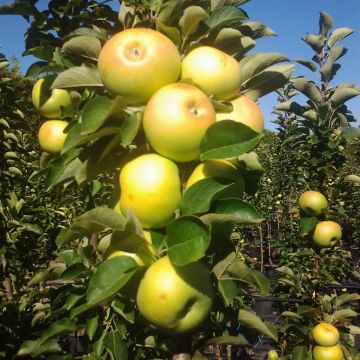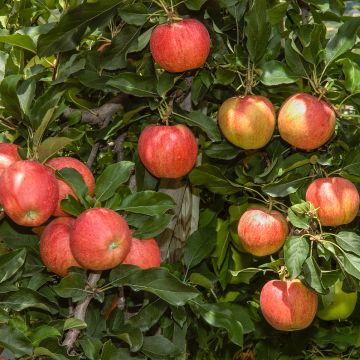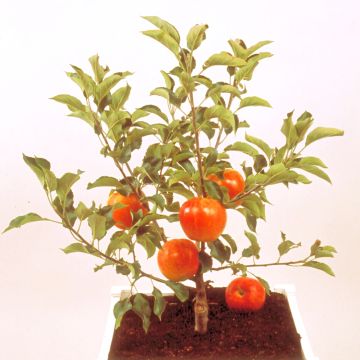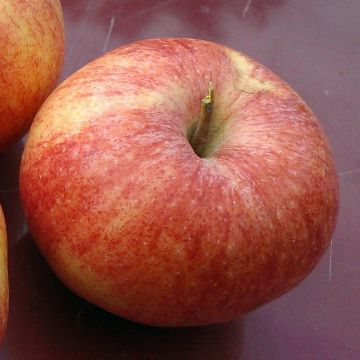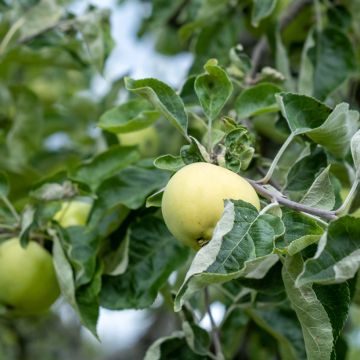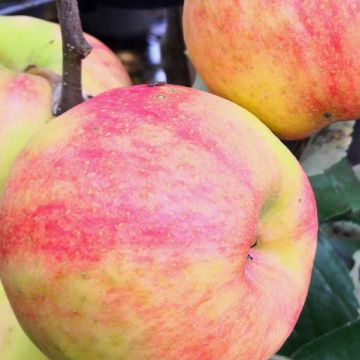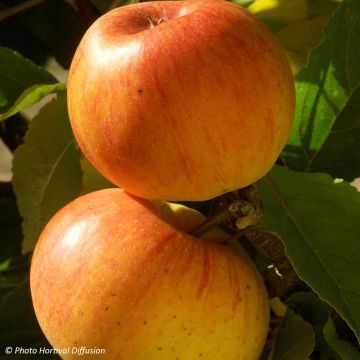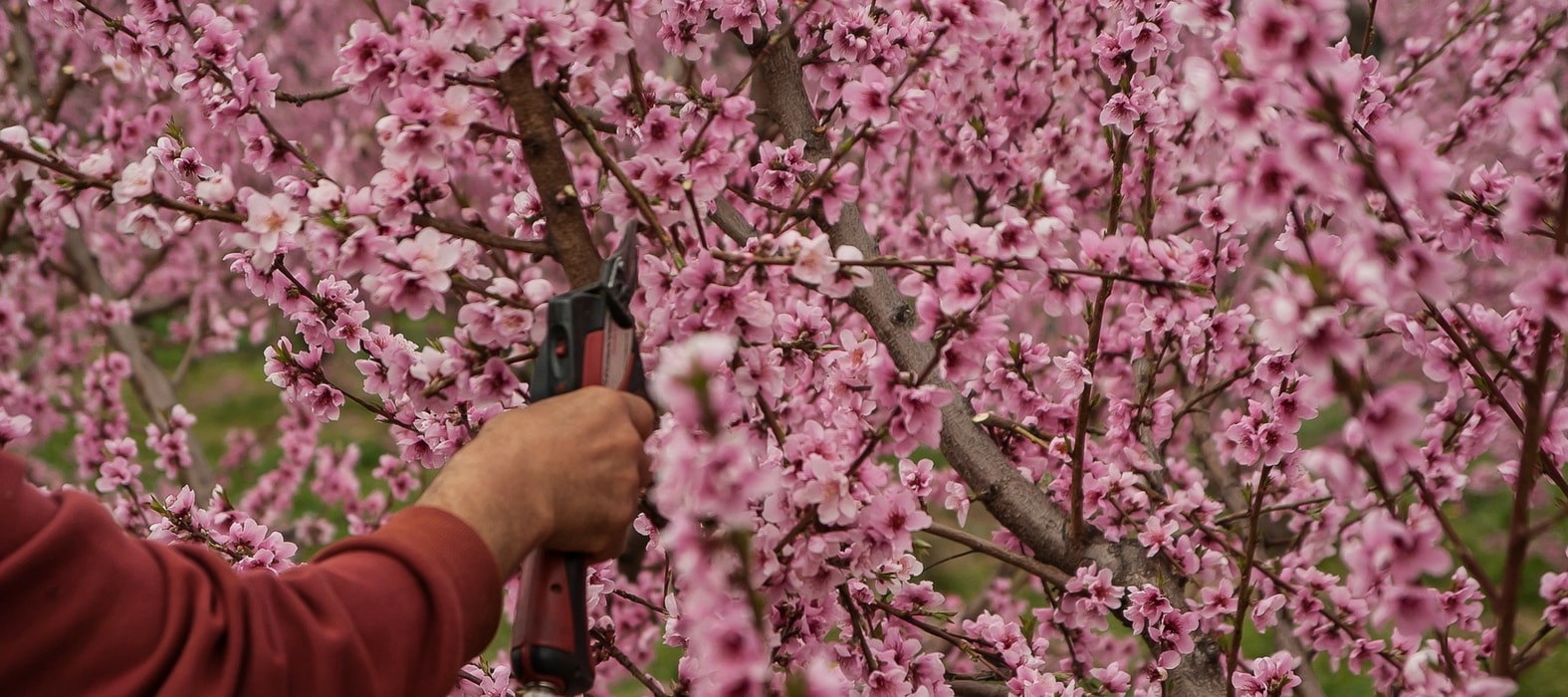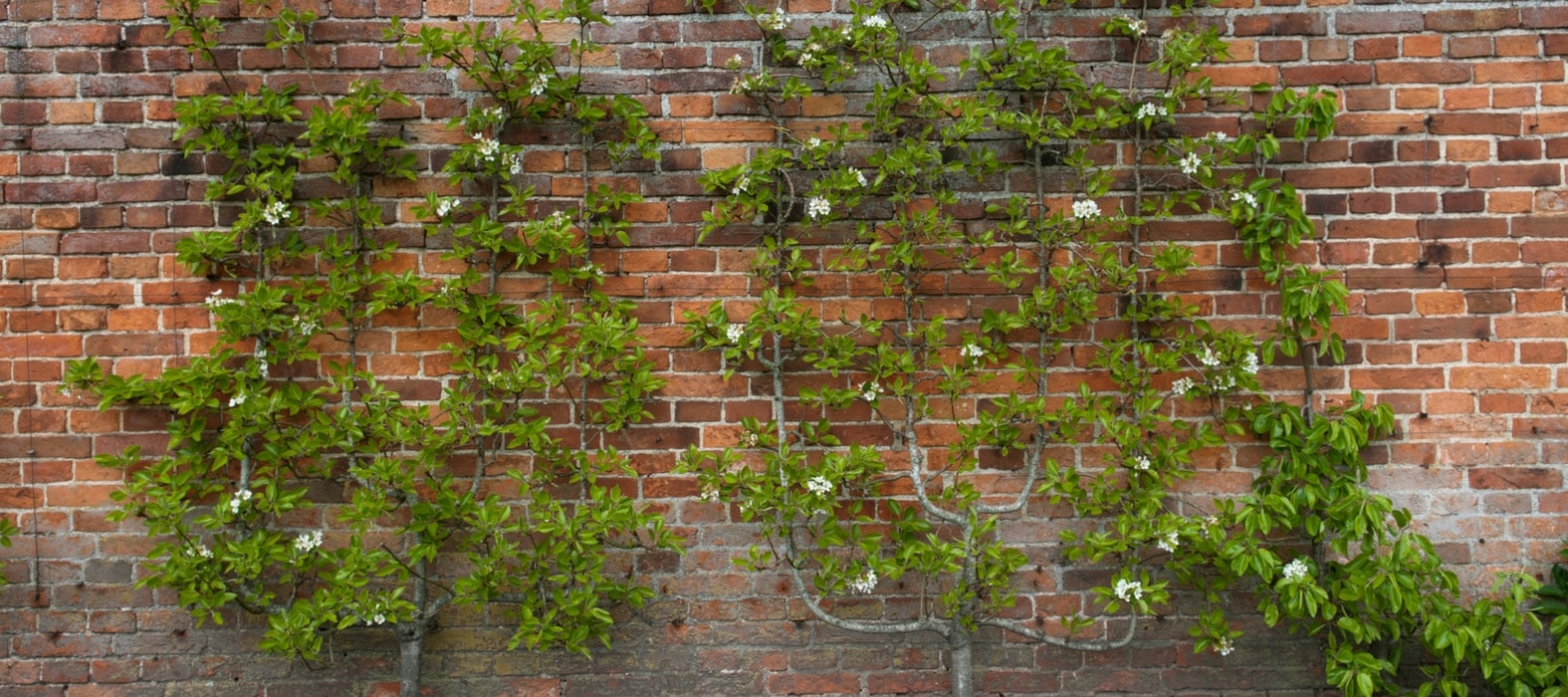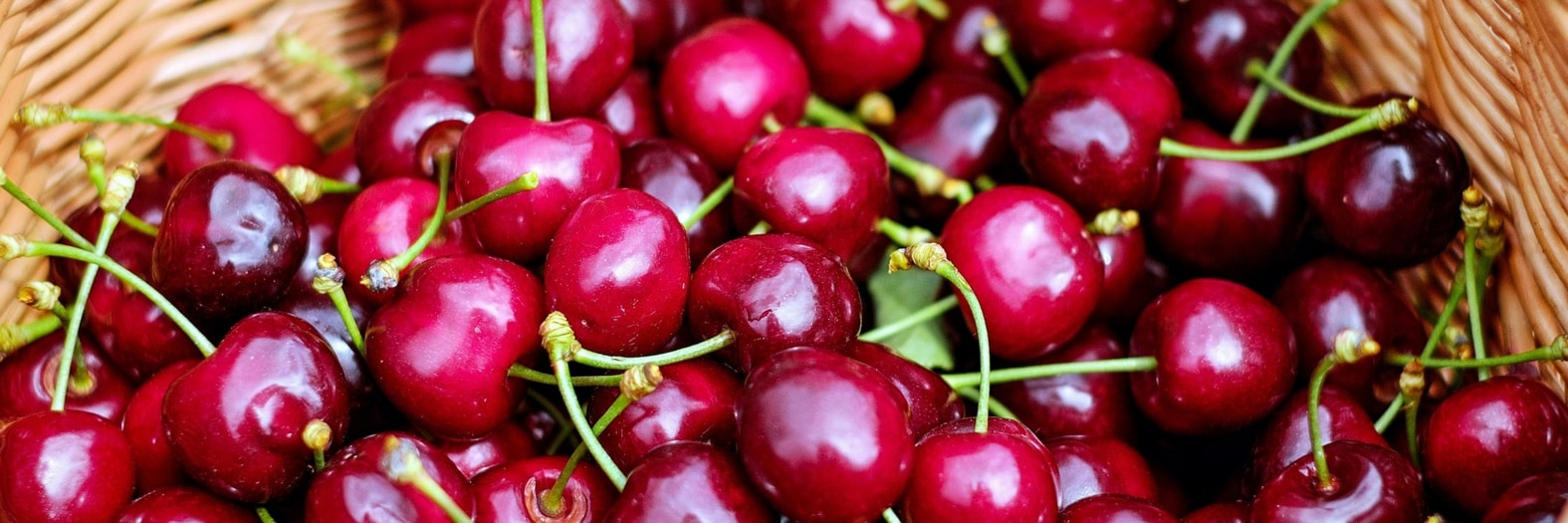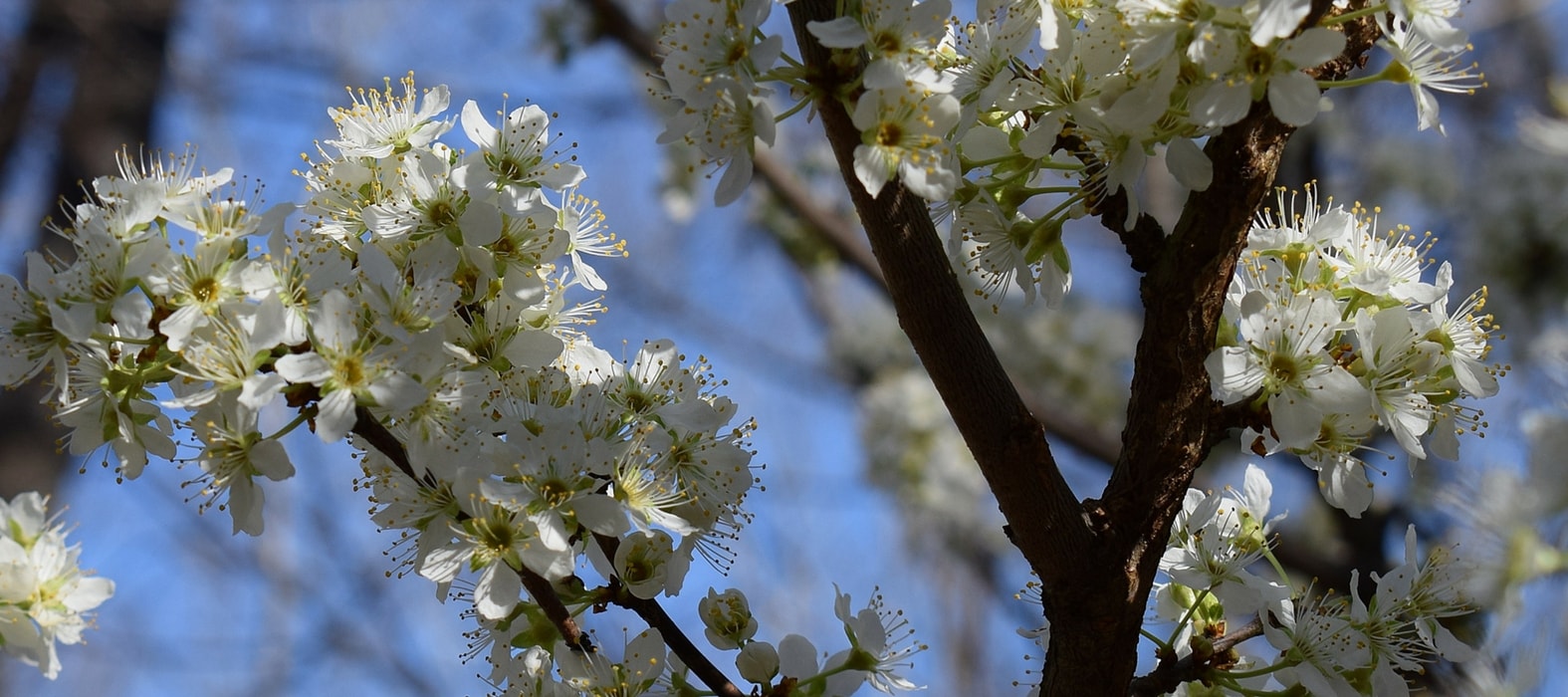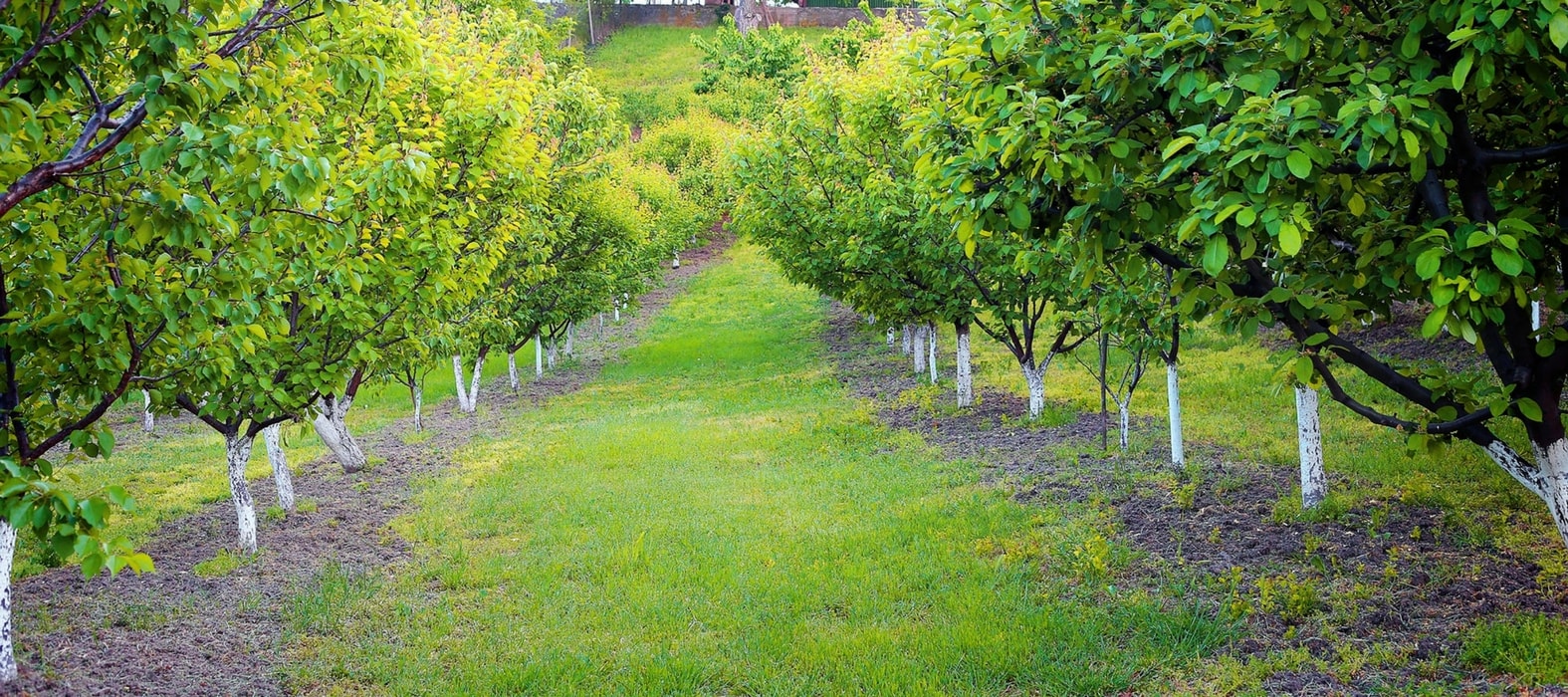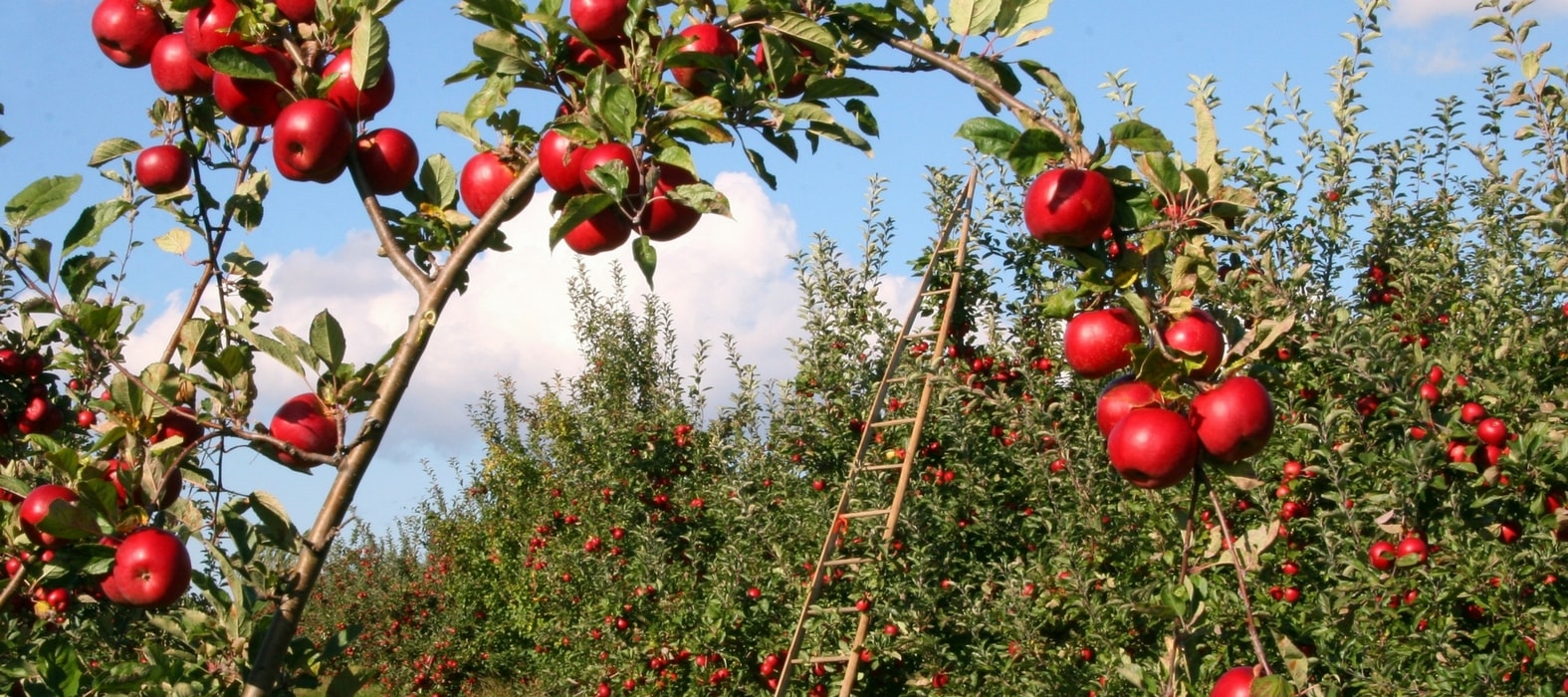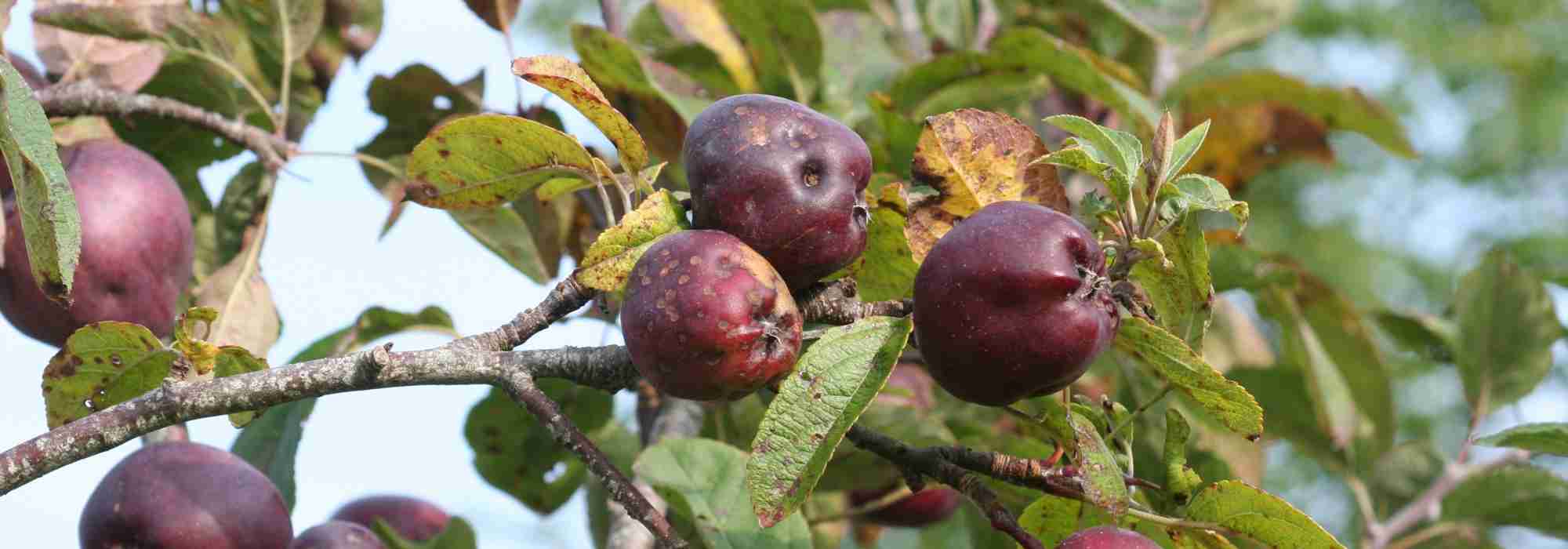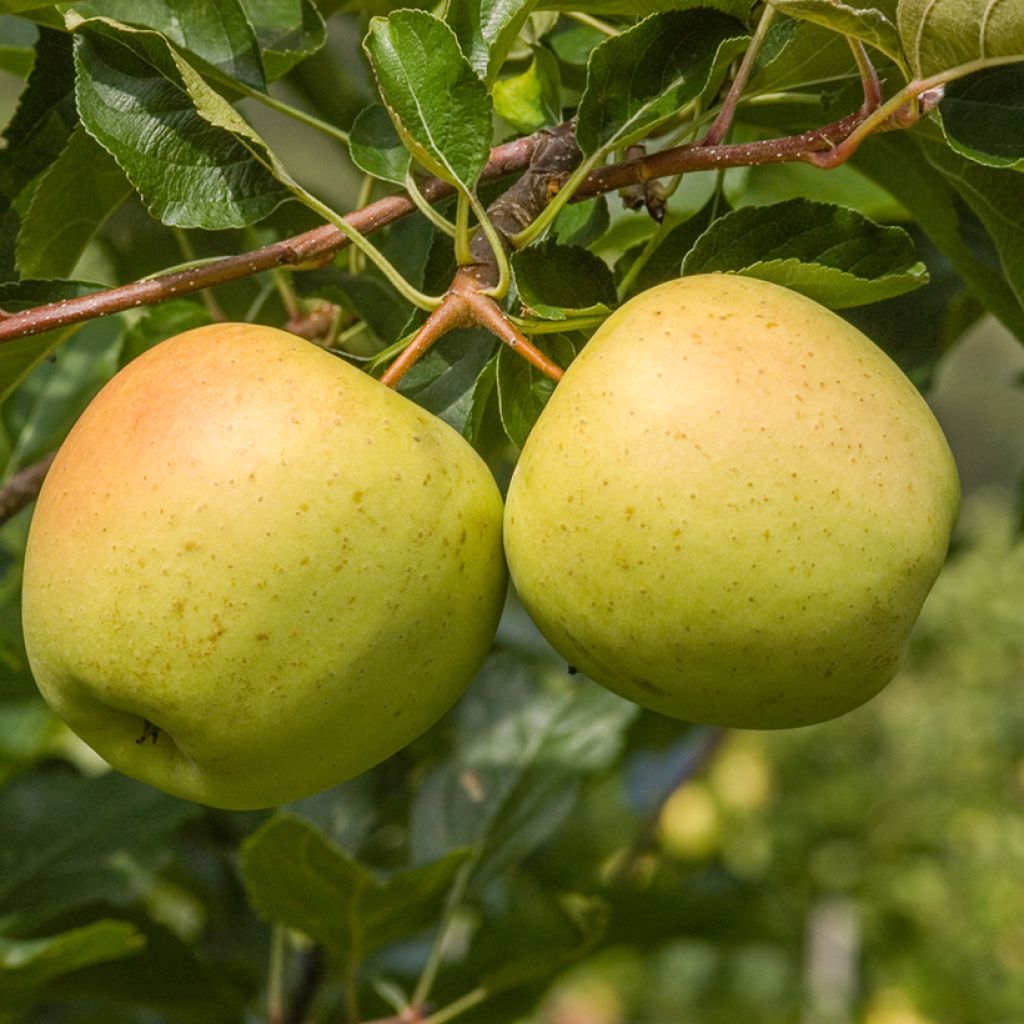

Malus domestica 'Borkh' Golden Noble - Pommier domestique, Pommier commun
Malus domestica 'Borkh' Golden Noble - Pommier domestique, Pommier commun
Malus domestica 'Borkh' Golden Noble
Pommier domestique, Pommier commun
Special offer!
Receive a €20 voucher for any order over €90 (excluding delivery costs, credit notes, and plastic-free options)!
1- Add your favorite plants to your cart.
2- Once you have reached €90, confirm your order (you can even choose the delivery date!).
3- As soon as your order is shipped, you will receive an email containing your voucher code, valid for 3 months (90 days).
Your voucher is unique and can only be used once, for any order with a minimum value of €20, excluding delivery costs.
Can be combined with other current offers, non-divisible and non-refundable.
Home or relay delivery (depending on size and destination)
Schedule delivery date,
and select date in basket
This plant carries a 6 months recovery warranty
More information
We guarantee the quality of our plants for a full growing cycle, and will replace at our expense any plant that fails to recover under normal climatic and planting conditions.

Description
The 'Golden Noble' Apple Tree is a variety discovered in England over 200 years ago. This vigorous tree produces ornamental blossom in spring and will bear fruit in the presence of another pollinating variety. In autumn, large yellow apples, sometimes with a reddish blush, await picking. Tart and extremely juicy, their flesh is well-suited for making juice or cider. Despite its good flavour, it is more often cooked for desserts, particularly compotes. Easy to grow, the tree is disease-resistant and very hardy.
The Apple Tree, like most of our fruit trees (Cherry, Peach...), belongs to the vast Rosaceae family, which includes wild plants from our countryside and numerous ornamental plants, both herbaceous and woody. The genus Malus includes both fruiting species, such as the Common Apple (Malus domestica, Malus communis, or Malus pumila), and ornamental varieties, the 'Flowering Crabapples' (like the striking Malus 'Royalty'). Cultivated since ancient times (preceding the Roman era), the Apple Tree is native to the forests of Central Asia and now boasts around 20,000 varieties.
The 'Golden Noble' Apple Tree was initially discovered at a cutting/grafting nursery near Downham Market, Norfolk (eastern England). Patrick Flanagan, head gardener to the English politician Sir Thomas Hare, presented his discovery to the London Horticultural Society in 1820. In 1993, the RHS (Royal Horticultural Society) awarded the 'Golden Noble' a Garden Merit Award. Despite its English origin and limited spread outside the country, this variety is also known by various German names, such as Gelber Edelapfel, Glasapfel, Glasrenette, Gelber Scheibeapfel, Wachapfel, Zitronenapfel...
This is a vigorous, easy-to-grow variety, reaching 4 to 5 metres in height, recognisable by its dark green, highly glossy leaves. This dark foliage perfectly complements the pinkish-white spring blossom. A good pollinator for other apple trees, it is however self-sterile, meaning that it cannot produce fruit if planted alone. It is therefore essential to plant a pollinator nearby to ensure flower fertilisation. The best varieties for this purpose are the 'Fuji', 'Goldrush', 'James Grieve', or 'Roter Berlepsch'. Once fertilised, the flowers produce large, round, initially greenish apples before turning yellow by early October (or sometimes September, depending on the region and climate). A slight red blush may also develop on the epidermis. The white flesh is extremely juicy and pleasantly tart, though this apple is rarely eaten raw. Typically, it is used for making juice or cider, and in England, it is renowned and prized as a cooking apple. However, its popularity barely extends beyond the country, as it tends to break down when cooked, making it better suited for compotes than structured desserts... Stored under good conditions, these apples will keep for up to two months.
The 'Golden Noble' Apple Tree is valued for its ease of cultivation and good disease resistance, though it remains uncommon outside England. While perhaps not the first choice for a beginner's orchard, it will appeal to lovers of heritage varieties and those who enjoy apple juice. It will find its place in an orchard alongside other heritage varieties such as the Beurré Hardy Pear Tree, also the result of a chance cutting/grafting experiment at around the same time. You could also pair it with less conventional fruit trees, like the Persimmon, whose orange fruits are as decorative as they are delicious, or the Goji, whose small red berries are consumed in Asia for their medicinal properties.
Plant habit
Fruit
Flowering
Foliage
Botanical data
Malus
domestica
'Borkh' Golden Noble
Rosaceae
Pommier domestique, Pommier commun
Malus domestica Borkh
Cultivar or hybrid
Other Apple trees
View all →Planting and care
Choose a sunny spot for your Golden Noble Apple tree. The soil can be slightly chalky or acidic, but not excessively so. Dig a wide planting hole at least three times the volume of the root ball. Simultaneously add organic matter (compost, potting soil...) and a base fertiliser like crushed horn. Do not bury the graft junction. Stake if necessary. For apple trees planted in isolation and exposed to wind, it may be useful to stake them by setting up a guy-wire system: plant three stakes in a triangle 50 cm around the trunk, join them with pieces of wood. Protect the bark with a piece of rubber, for example, and attach the stakes to the trunk with metal wires. Water generously, even in winter, even if it rains. Fruit trees are ideally planted between October and March, outside frost periods. Plants supplied in containers can be planted all year round except during periods of extreme heat or frost.
In winter, you can add a small spadeful of wood ash rich in potash at the base of the tree and lightly incorporate this into the surface of the soil, which will improve fruiting. The Apple tree can be susceptible to various diseases and pests. To limit risks, space trees sufficiently, plant mixed-species hedges, st up nest boxes or insect shelters to attract beneficial wildlife. In short: prioritise diversity. The main diseases affecting Apple trees are scab (brown spots on the leaves), brown rot (withering of flowers and rotting of fruit on the tree) and powdery mildew (white felting on the leaves). For these three cases, preventive action is preferable by spraying a horsetail decoction; as a last resort and during severe attacks, a curative treatment with a Bordeaux mixture can be applied. The Golden Noble variety is however less susceptible to scab and downy mildew, and even resistant to canker.
As for pests, the codling moth (or fruit worm), a small caterpillar from a moth’s egg, will burrow into the fruit. To remedy this, it’s best to act preventively by encouraging blue tits and bats with nest boxes. In case of aphid infestations, spray a solution based on tar soap.
During the harvest in September-October, only keep picked (not fallen) fruit. For optimal storage, place the apple with its pedunculate end downwards, in crates or trays. Choose a preferably completely dark, dry and cool, but frost-free location. Under good conditions, Golden Nobles can be stored for two months.
Planting period
Intended location
Care
Planting & care advice
This item has not been reviewed yet - be the first to leave a review about it.
Haven't found what you were looking for?
Hardiness is the lowest winter temperature a plant can endure without suffering serious damage or even dying. However, hardiness is affected by location (a sheltered area, such as a patio), protection (winter cover) and soil type (hardiness is improved by well-drained soil).
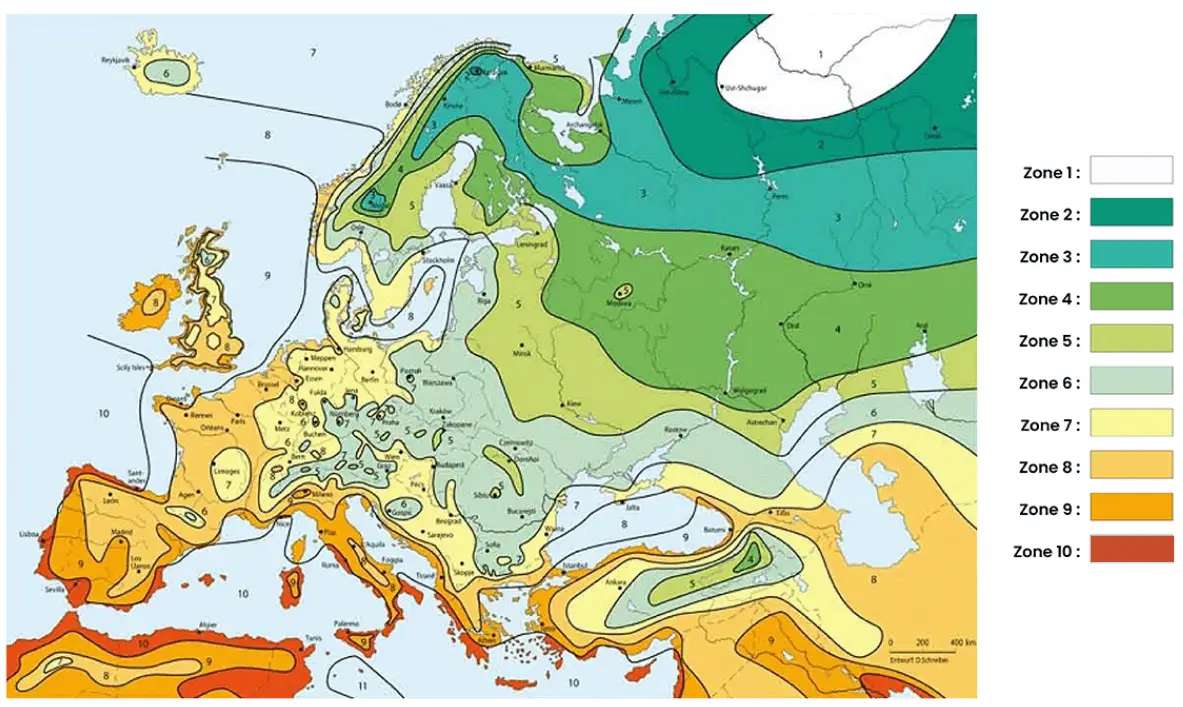
Photo Sharing Terms & Conditions
In order to encourage gardeners to interact and share their experiences, Promesse de fleurs offers various media enabling content to be uploaded onto its Site - in particular via the ‘Photo sharing’ module.
The User agrees to refrain from:
- Posting any content that is illegal, prejudicial, insulting, racist, inciteful to hatred, revisionist, contrary to public decency, that infringes on privacy or on the privacy rights of third parties, in particular the publicity rights of persons and goods, intellectual property rights, or the right to privacy.
- Submitting content on behalf of a third party;
- Impersonate the identity of a third party and/or publish any personal information about a third party;
In general, the User undertakes to refrain from any unethical behaviour.
All Content (in particular text, comments, files, images, photos, videos, creative works, etc.), which may be subject to property or intellectual property rights, image or other private rights, shall remain the property of the User, subject to the limited rights granted by the terms of the licence granted by Promesse de fleurs as stated below. Users are at liberty to publish or not to publish such Content on the Site, notably via the ‘Photo Sharing’ facility, and accept that this Content shall be made public and freely accessible, notably on the Internet.
Users further acknowledge, undertake to have ,and guarantee that they hold all necessary rights and permissions to publish such material on the Site, in particular with regard to the legislation in force pertaining to any privacy, property, intellectual property, image, or contractual rights, or rights of any other nature. By publishing such Content on the Site, Users acknowledge accepting full liability as publishers of the Content within the meaning of the law, and grant Promesse de fleurs, free of charge, an inclusive, worldwide licence for the said Content for the entire duration of its publication, including all reproduction, representation, up/downloading, displaying, performing, transmission, and storage rights.
Users also grant permission for their name to be linked to the Content and accept that this link may not always be made available.
By engaging in posting material, Users consent to their Content becoming automatically accessible on the Internet, in particular on other sites and/or blogs and/or web pages of the Promesse de fleurs site, including in particular social pages and the Promesse de fleurs catalogue.
Users may secure the removal of entrusted content free of charge by issuing a simple request via our contact form.
The flowering period indicated on our website applies to countries and regions located in USDA zone 8 (France, the United Kingdom, Ireland, the Netherlands, etc.)
It will vary according to where you live:
- In zones 9 to 10 (Italy, Spain, Greece, etc.), flowering will occur about 2 to 4 weeks earlier.
- In zones 6 to 7 (Germany, Poland, Slovenia, and lower mountainous regions), flowering will be delayed by 2 to 3 weeks.
- In zone 5 (Central Europe, Scandinavia), blooming will be delayed by 3 to 5 weeks.
In temperate climates, pruning of spring-flowering shrubs (forsythia, spireas, etc.) should be done just after flowering.
Pruning of summer-flowering shrubs (Indian Lilac, Perovskia, etc.) can be done in winter or spring.
In cold regions as well as with frost-sensitive plants, avoid pruning too early when severe frosts may still occur.
The planting period indicated on our website applies to countries and regions located in USDA zone 8 (France, United Kingdom, Ireland, Netherlands).
It will vary according to where you live:
- In Mediterranean zones (Marseille, Madrid, Milan, etc.), autumn and winter are the best planting periods.
- In continental zones (Strasbourg, Munich, Vienna, etc.), delay planting by 2 to 3 weeks in spring and bring it forward by 2 to 4 weeks in autumn.
- In mountainous regions (the Alps, Pyrenees, Carpathians, etc.), it is best to plant in late spring (May-June) or late summer (August-September).
The harvesting period indicated on our website applies to countries and regions in USDA zone 8 (France, England, Ireland, the Netherlands).
In colder areas (Scandinavia, Poland, Austria...) fruit and vegetable harvests are likely to be delayed by 3-4 weeks.
In warmer areas (Italy, Spain, Greece, etc.), harvesting will probably take place earlier, depending on weather conditions.
The sowing periods indicated on our website apply to countries and regions within USDA Zone 8 (France, UK, Ireland, Netherlands).
In colder areas (Scandinavia, Poland, Austria...), delay any outdoor sowing by 3-4 weeks, or sow under glass.
In warmer climes (Italy, Spain, Greece, etc.), bring outdoor sowing forward by a few weeks.



































